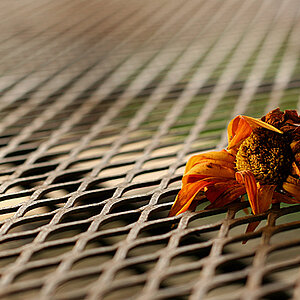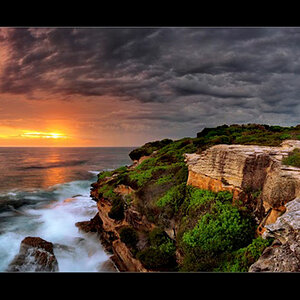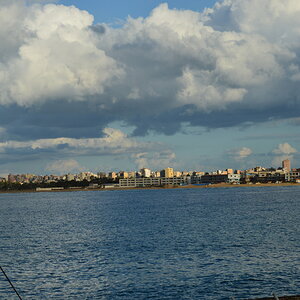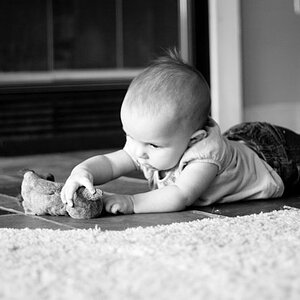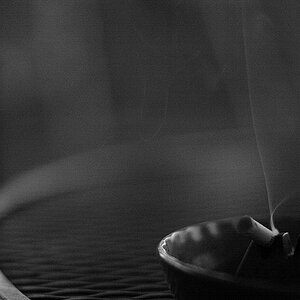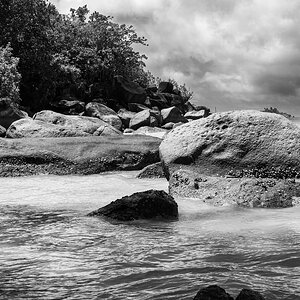Village Idiot
No longer a newbie, moving up!
- Joined
- Mar 20, 2008
- Messages
- 7,269
- Reaction score
- 406
- Location
- Shepherdsturd, WV / Almost, MD
- Can others edit my Photos
- Photos NOT OK to edit
5dmkiii
I blew this shot...it was the very first one of the session as we were walking to our place and I hadn't metered yet. Although the save looks okay, I didn't give this to my clients...it is unacceptable to me to have to increase exposure so drastically. View attachment 91425
If it comes up with an acceptable finished product, then why?
Especially if the finished product looks better than a shot where the subject meters at properly exposed and you end up with a lot of overexposed area, like sky. I'm not saying that shot wouldn't have been OK, but there are circumstances where the DR of the displayed image is too much for the displayed media and more than the actual DR of the scene you're shooting.
Last edited:


